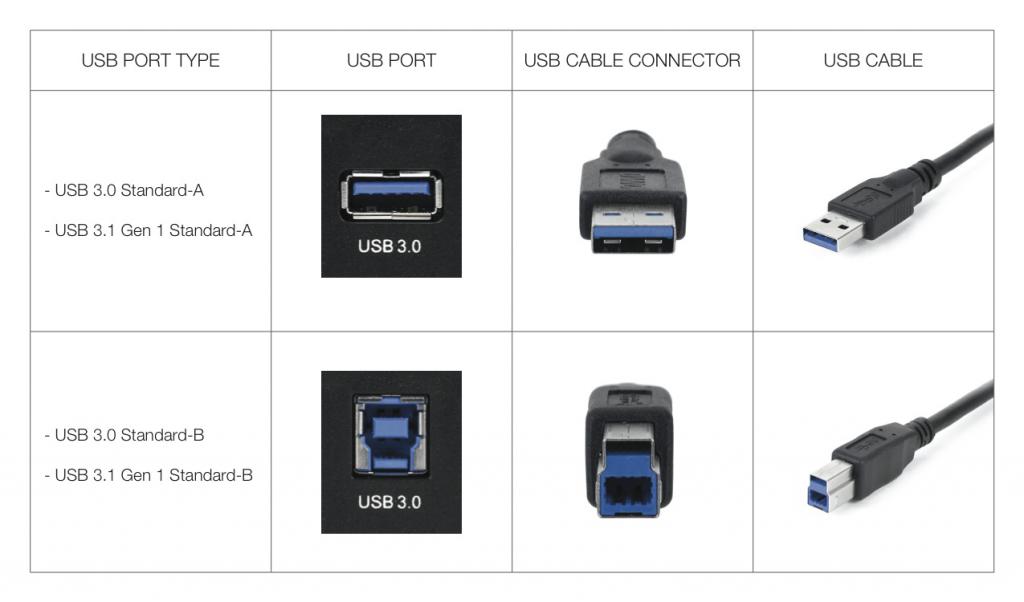
- Usb 2 vs usb 3 ports how to#
- Usb 2 vs usb 3 ports install#
- Usb 2 vs usb 3 ports update#
- Usb 2 vs usb 3 ports pro#
It first debuted in 2011, and version 4 is set to launch in the second half of 2020.

Thunderbolt is a brand name for technology developed by Intel and Apple. Hopefully by the time USB4 products start to ship, we’ll see clear labeling that follows the USB logo usage guidelines so you can tell if you’re looking at a 20Gbps or 40Gbps port. If there’s a little lightning logo near the port, at least you could tell it was a Thunderbolt 3 port. Up until now, glancing at a USB-C port wasn’t necessarily enough to tell you if you were looking at a USB 2.0 or USB 3.x device. Unfortunately USB-C just describes the connection type. If a device has a USB4 port, it will be a USB-C port. Say goodbye USB-A, micro USB, and all the others.

Unlike earlier versions of USB technology, USB4 will have a single standard connector. The same goes for USB4 cables and docking accessories. For example, the USB4 specification supports theoretical speeds up to 40Gb/s, but some PCs, phones, or tablets with USB4 ports may only be able to handle speeds up to 20Gb/s. But device and accessory makers have some flexibility in how they use USB4. It’s a major step up from USB 3 and earlier technology. It incorporates Thunderbolt 3 technology which means that some USB4 products may be capable of all the features available via Thunderbolt 3 including the ability to use a single cable to power your PC, carry video output to a display, and transfer data.
Usb 2 vs usb 3 ports update#
USB technology has been around for 24 years at this point, and the fourth major update to the USB specification is set to launch this year. But it’s also helpful to understand a little of the history of USB and Thunderbolt. If you just want an at-a-glance way to see how the standards stack up against one another, scroll down and check out our comparison table. With the first devices with USB4 and/or Thunderbolt 4 now shipping, let’s take a look at what sets the two apart from one another… and their predecessors. Both can deliver enough power to charge a laptop, and both can drive an external display.īut Thunderbolt 4 is guaranteed to meet certain minimum specs that USB4 devices may not always match. Both are capable of data transfer speeds up to 40GB/s. But there are also some key differences.īoth use the same USB-C connector. Thunderbolt 4 and USB4 are next-gen technologies that are similar in a lot of ways.
Usb 2 vs usb 3 ports how to#
Usb 2 vs usb 3 ports install#
Usb 2 vs usb 3 ports pro#

MacBook Pro (13-inch, 2017, Two Thunderbolt 3 ports).MacBook Pro (13-inch, 2017, Four Thunderbolt 3 ports).MacBook Pro (13-inch, 2018, Four Thunderbolt 3 ports).



 0 kommentar(er)
0 kommentar(er)
